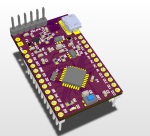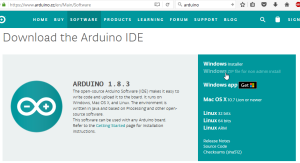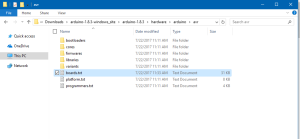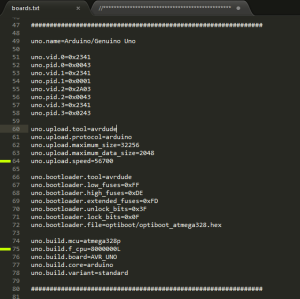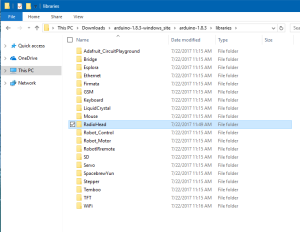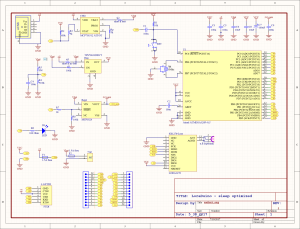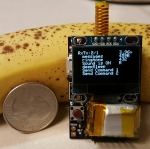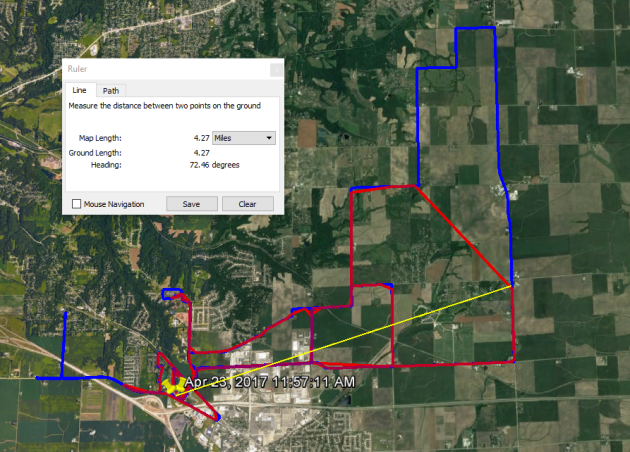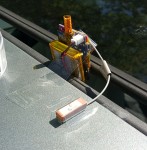2 Watt Lora Range Test
July 22, 2023 2 Comments
Recently I noticed NiceRF selling 2 watt lora radios. With my last range test years ago getting 4+ miles of range on 100mW. I decided to try again with these higher power modules. Spoiler – at ~45 miles, I could reliably transfer packets with receiver RSSI of -120 to -123dBm with the base station’s link limit rated for -139dBm (based off module datasheet). I’d love to find out at what point this link drops out, but ran out of time.

ESP32 dev board – I designed it to be a somewhat generic dev board with a qwiic connector. Main notable part is supports input voltage range of up to 36V, 2A 5v buck, 600mA 3.3v linear reg. Didn’t spend much time optimizing PCB space/layout.
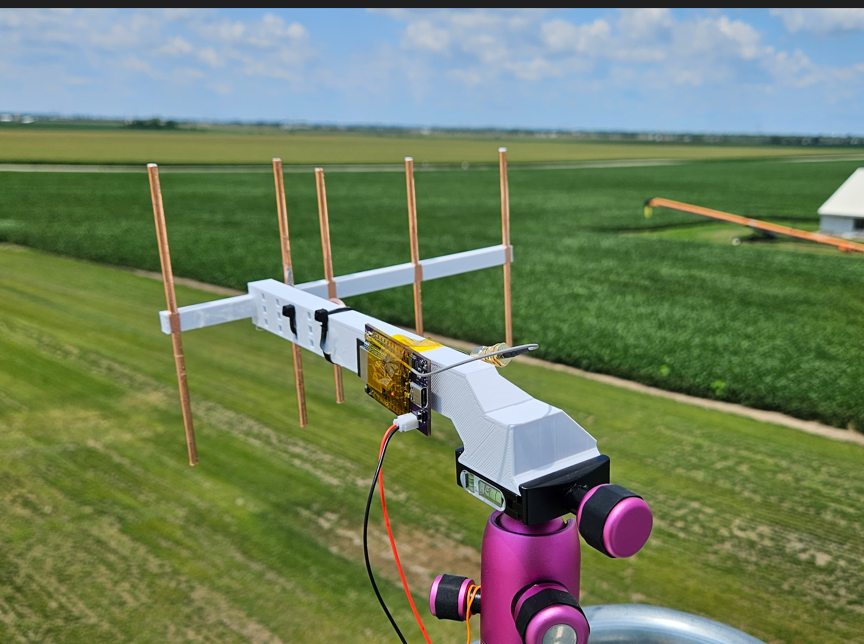
Antenna for the base station – blindly designed and 3d printed using a yagi-uda antenna calculator. Elements were coated with copper tape. Dipole with balun for the active element. Antenna impedance was sanity checked with a nanoVNA. Base station reported telemetry via Blynk and a wifi connection to provide Lora connection details over the internet to my phone. Antenna tripod was ~3 stories high on a grain silo stairway. I have no clue how ‘good’ this antenna is.
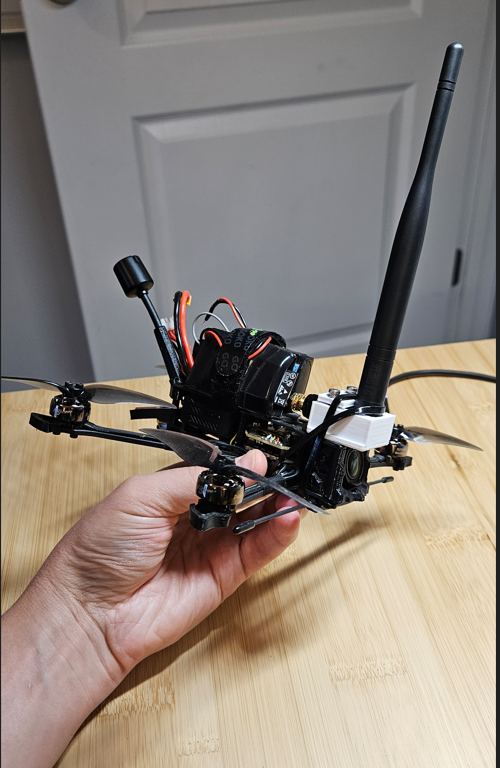
Since this test took place in the midwest, line of sight sucks. I used my FlyWoo explorer LR to elevate the transmitter to an altitude that allows for line of sight to the base station. I used a generic 2dBi whip antenna. My drone uses TBS Crossfire lora which hops around 900-915MHz for uplink/downlink. This likely bled a bit into my board’s 925MHz lora radio test. I made sure antennas are 90deg apart to help reduce this.

Range was about 45miles. Yep might be closer to 44 or 43 since this isn’t a linear path.
I’m going to keep this post brief. Here’s the main piece that you may be wondering – What were the secret sauce lora configs? Radiolib library used: BW=62.5, SF=12, CR=8, preamble was increased when testing lower BW, but don’t think it’s needed for utilized BW. Note that this is SLOW. Like 4-5 seconds to send a 25byte payload. While this isn’t practical for many applications: this was a range test, practicality depends on the application and there is no application here. I’m not posting schematics since there isn’t much here. Just an esp32 and lora module with some regulators.
I’d love to sell these boards, but would have to sell at ~70$ each. If there’s interest I can whip some up for anyone and throw them on Tindie with code/schematics, but that’s a bit steep in today’s world of low cost boards.

